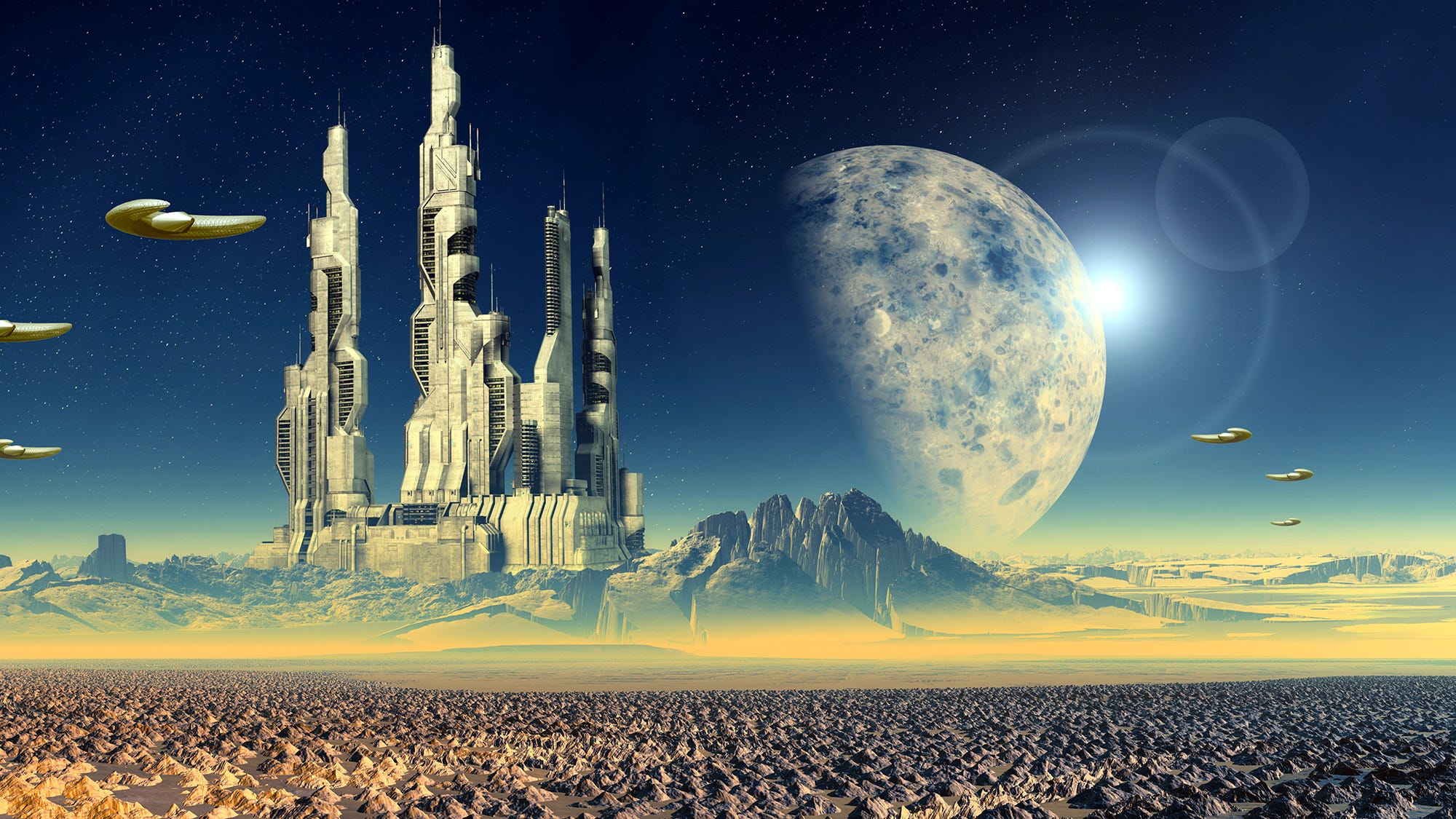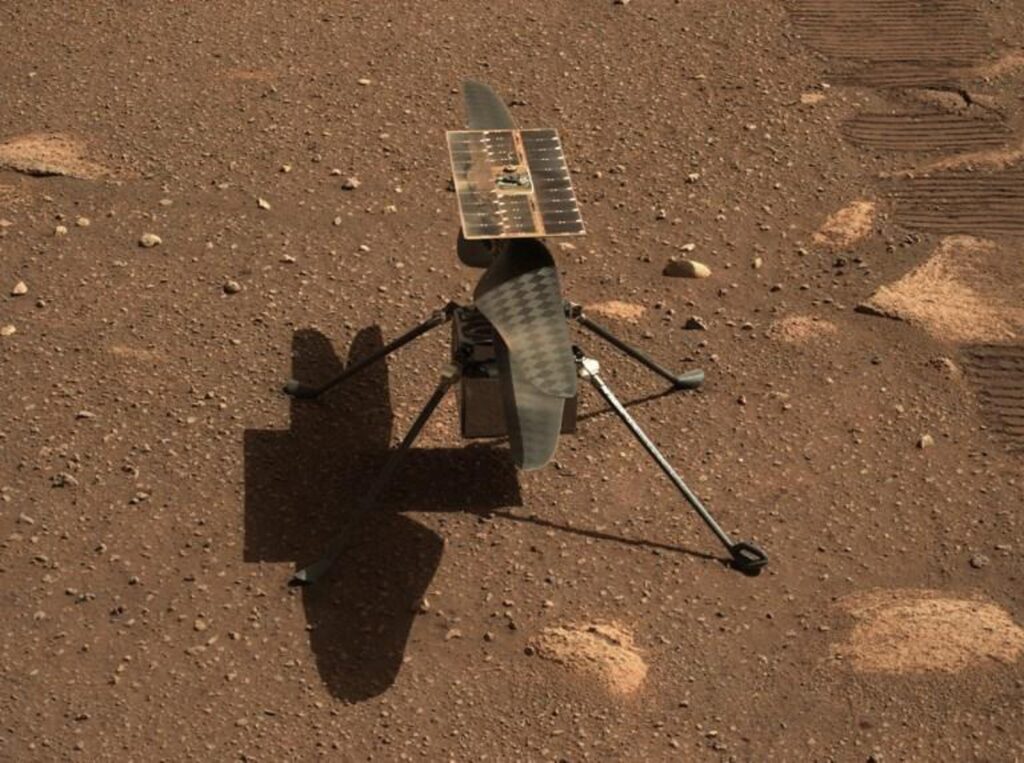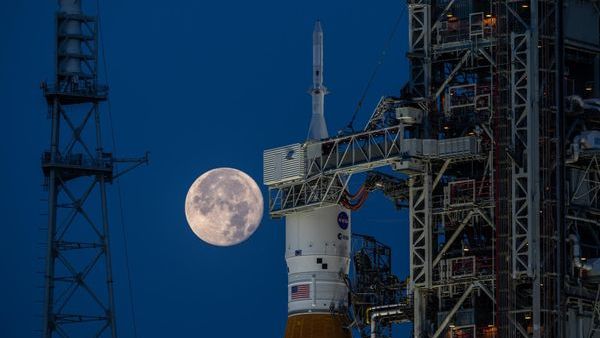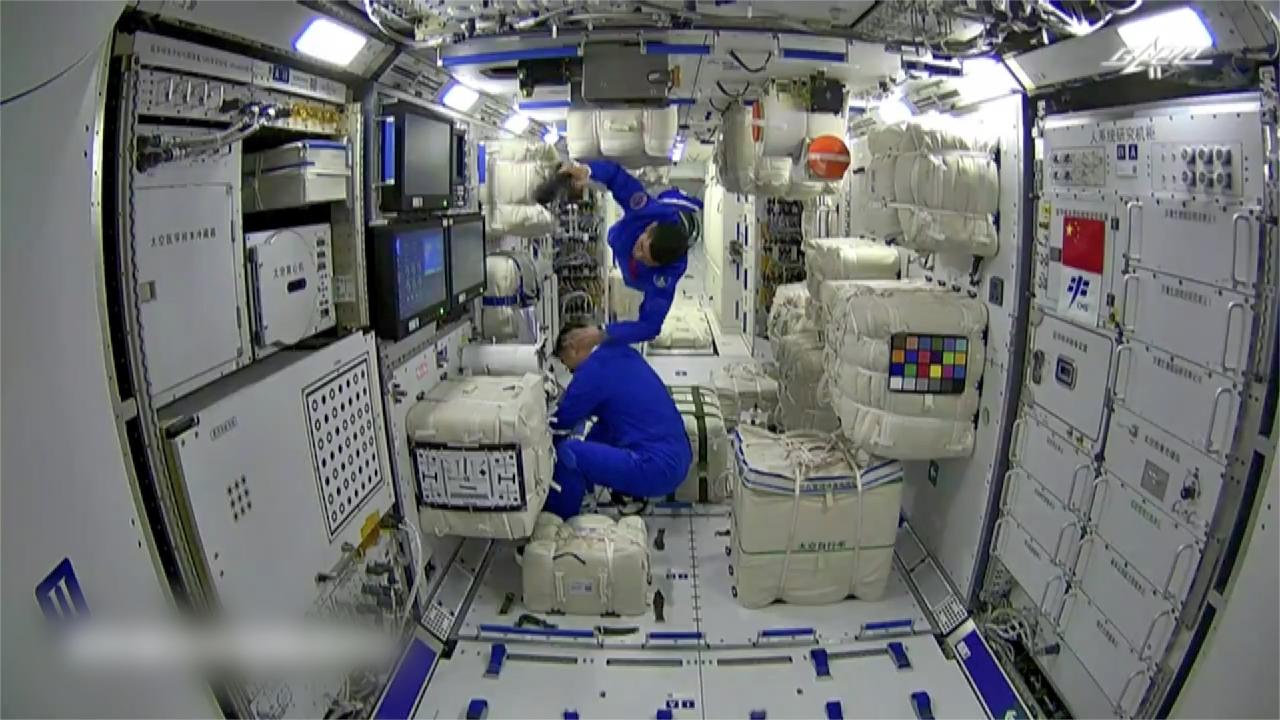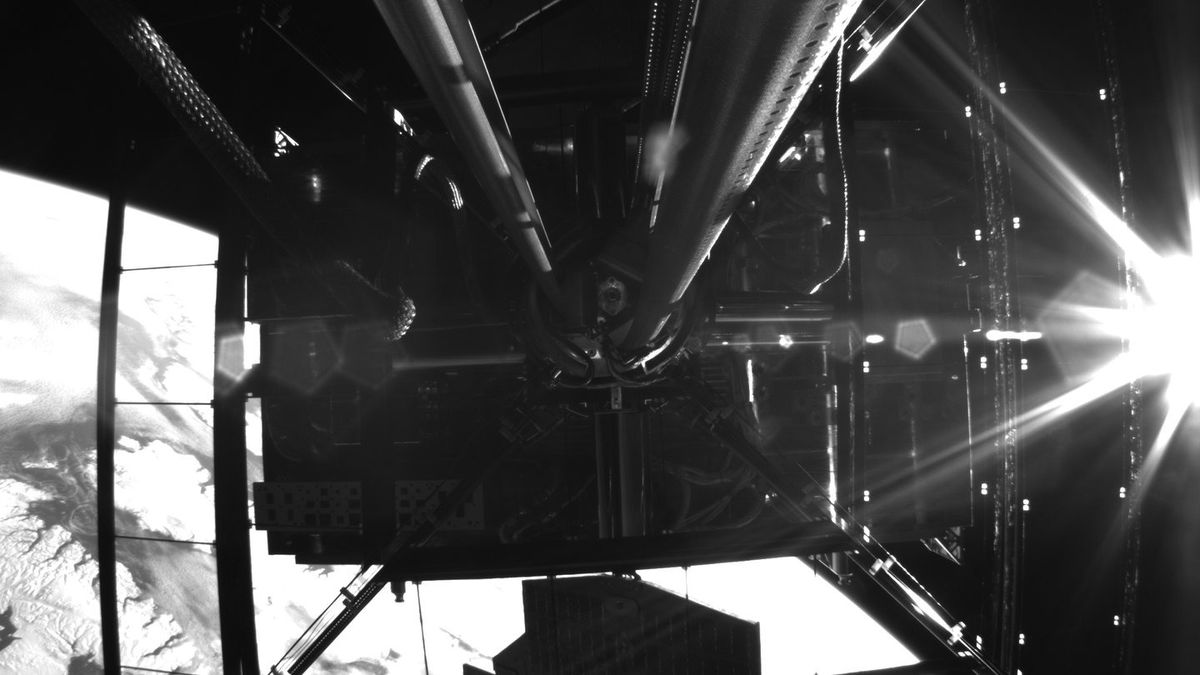Astronomical discoveries and expeditions that illuminate the universe.
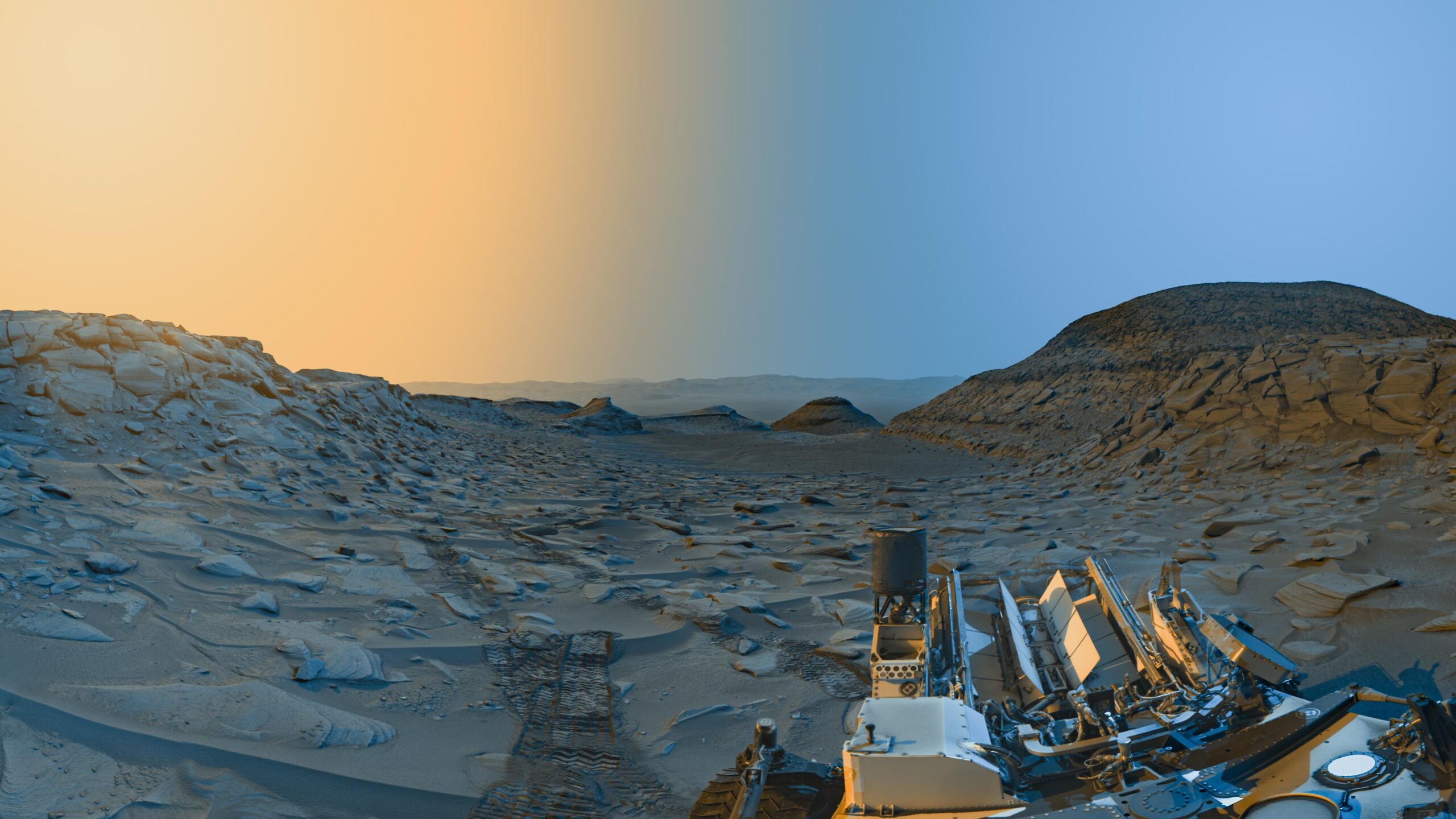
Recent Space Discoveries: Globular Cluster’s Journey and Clues to Alien Life
Globular Cluster’s Track to Milky Way Center: Stars linked by gravity form globular clusters in the Milky Way. One globular cluster traveling toward the galactic center was discovered recently. These clusters in the galaxy’s outer regions include millions of older, low-metallicity stars.
Studying Atmospheres for Life: The search for aliens continues. A new study reveals that an exoplanet’s atmosphere’s lack of carbon may be a stronger sign of life than carbon, which is abundant on Earth.
Researchers used the European Southern Observatory’s Very Large Telescope and ESPRESSO spectrograph to analyze Jupiter’s atmosphere and winds. Light reflection in the planet’s clouds was recorded by Doppler velocimetry, providing instant wind speed information. The magnetic field on Ganymede, Jupiter’s biggest moon, has attracted scientists due to its enormous magnetic field. Ganymede’s magnetic field may be explained by crystalized ‘iron snow’ in its core, according to a new experiment.
READ ALSO: SpaceX Falcon 9 launches Ovzon-3 satellite, kicking off launch year at the Cape
From Alien Signal Search to Martian Timelapse
The FAST Observatory in China is currently searching for alien transmissions. FAST signals are analyzed to investigate alien communication. Overcoming expectations, NASA’s Ingenuity rotorcraft has completed its 69th flight on Mars, traversing significant distances. Ingenuity provides crucial data from the Perseverance rover mission.
In its 57th orbit around Jupiter, NASA’s Juno spacecraft came within 1500 km of Jupiter’s moon Io. This close flyby lets scientists take detailed Io surface and geology data. The oldest spiral galaxy has pond-like ripples in its gaseous disk, according to astronomers. Researching these waves’ causes and effects is helping scientists grasp the galaxy’s star-forming capability.
According to a study, large neutron stars may have quark matter cores. Neutron stars, already dense, may have quark cores, testing particle physics. The Curiosity Rover’s Hazard-Avoidance Cameras acquired a timelapse of a full Martian day, from dawn to dark. As shadows changed during the day, this gave a unique image of Mars.
READ ALSO: News from the Press Site: A roundup of the week’s space news
